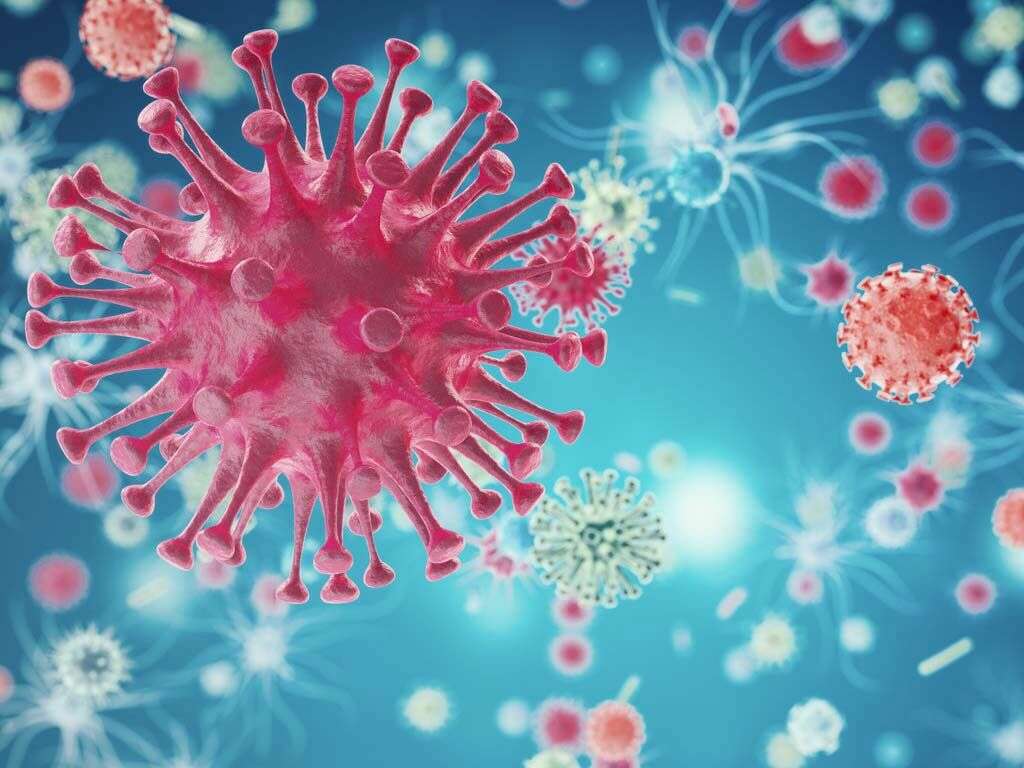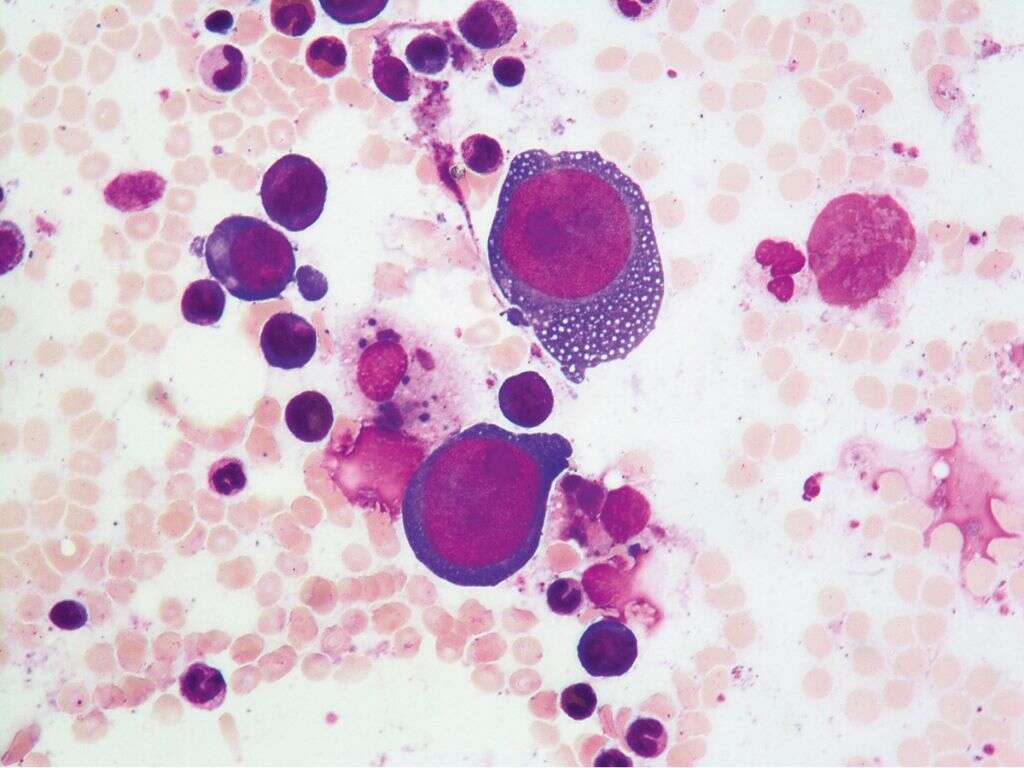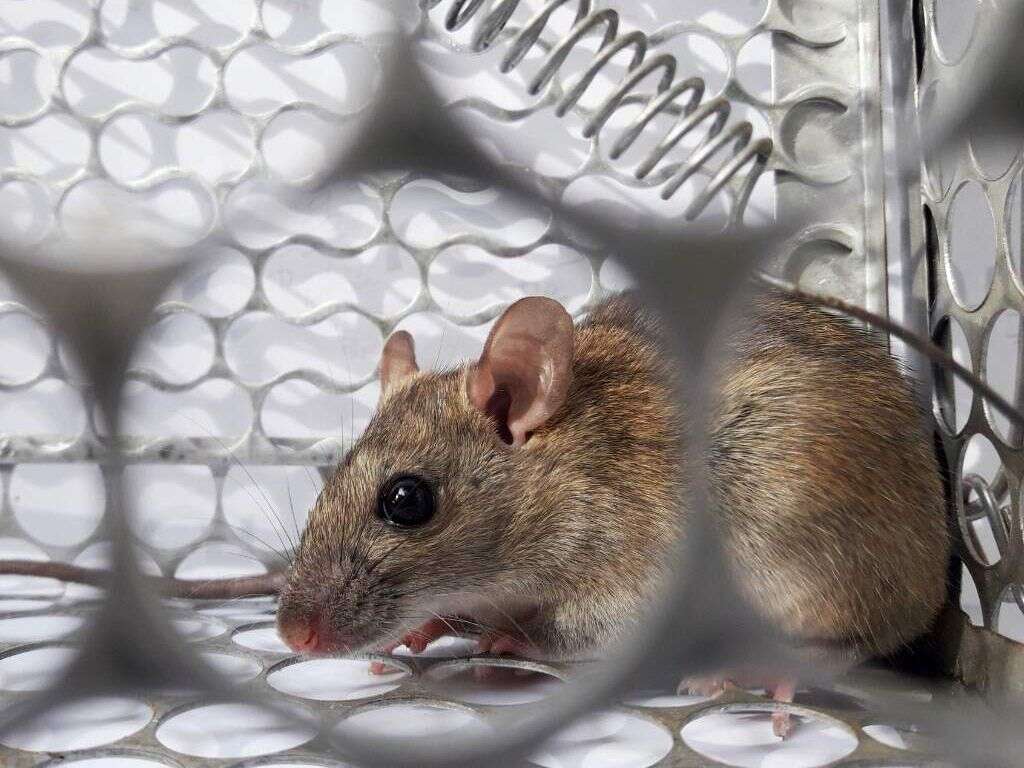What Is Nipah Virus?
Learn more about the rare zoonotic virus found primarily in Asia. Nipah virus is a viral infection that is transmitted from animals to humans and can cause a number of serious symptoms. It can even affect animals, such as pigs, which causes economic difficulties for rural farmers.
While this virus is relatively rare on a global scale, a number of serious outbreaks have occurred in affected regions. Explore the symptoms, treatment options, prevention strategies and more to learn more about this virus. Discover how the World Health Organization and other agencies are working to develop a vaccine and eliminate worldwide cases.
1. What Are the Symptoms of Nipah Virus?
Some cases remain asymptomatic, meaning individuals present no symptoms of an infection. Common symptoms include headaches, fever, muscle pain, sore throat and vomiting. As the viral infection progresses, it can lead to more serious symptoms.
More severe symptoms include drowsiness, altered consciousness, neurological issues and encephalitis. Other individuals experience pneumonia, a coma or respiratory issues. A large percentage of cases are fatal. Approximately 20% of individuals experience long-term neurological issues as a consequence of Nipah virus. Many other cases report a full recovery.
2. How Is It Transmitted?
Nipah virus, or NiV, is transmitted from infected bats or pigs to humans. Once infected, humans can transmit the virus to others. Like many other animal-to-human viral infections, there appear to be both host animals and carriers that allow the virus to spread to humans. Bats appear to be the natural host for Nipah virus and subsequently pass the virus to pigs.
The most recent outbreaks have spread from living in close contact with virus-infected pigs in Malaysia and Singapore. Infections in India and Bangladesh have been linked to date palm sap that was contaminated by infected bats. Caretakers of infected individuals are also at high risk of infection.

3. How Is Nipah Virus Diagnosed?
Individuals believed to be infected should take a combination of laboratory tests to diagnose Nipah virus. Nasal and throat swabs, urine, blood and cerebrospinal fluid tests can all be performed early on in the spread of the virus to determine a positive case. These tests are virus isolation attempts and real-time polymerase chain reaction testing techniques, although antibody detection can also be used as cases progress.
Accurately diagnosing a fatal case of the virus is much more difficult. The only accurate diagnostic test is performed on tissue samples collected from an autopsy. This can help better understand the cause of death and the number of cases in a particular region.
4. What Are the Treatment Options?
There are no known treatment options for Nipah virus; care is limited to supportive measures. The most common care strategy for individuals known to be infected with Nipah virus is supportive care. It’s essential to protect individuals in hospitals from becoming infected, so barrier nursing techniques are used to avoid hospital-acquired infection.
Ribavirin is being tested as a potential treatment option. Some studies show it to be effective when the virus is still in vitro, but there have been limited and inconclusive studies to show its usefulness in clinical trials.

5. Is There a Vaccine Available?
A Nipah virus vaccine is currently not available for use, so the most common strategy is to prevent the spread of the infection. Researchers are working to test a number of potential vaccines for use with Nipah virus.
One possibility is a recombinant vaccine called NIPRAB. Researchers are searching for vaccine opportunities not only to protect humans from becoming infected but also to protect animals. Infected pigs have been a primary carrier for the disease in many parts of Asia and the resulting loss of pigs is a serious economic issue.
6. Can It Be Prevented?
Because of the lack of a vaccine or effective medication to prevent or cure NiV, public health officials focus on prevention strategies. Controlling the spread of this disease can dramatically reduce the number of cases and fatalities. Most community-wide prevention strategies include reducing bat-to-human, pig-to-human and human-to-human transmission.
Bat-to-human transmission is primarily caused by date palm sap and other food products being contaminated by bats. Pigs spread the disease during slaughtering and from daily handling, so care should be taken if a pig farm is in close proximity to a fruit bat habitat.

7. Where Have There Been Recent Outbreaks?
The first known cases were part of a particularly deadly outbreak in Malaysia in 1999. Since this outbreak among pig farmers, no new outbreaks have occurred in Malaysia. Other countries in Asia have experienced their own outbreaks. Bangladesh has experienced periods of infection almost annually since 2001.
Eastern India has experienced some cases of Nipah virus. Thailand, the Philippines, Indonesia, Ghana, Cambodia and Madagascar all have bat populations known to carry the virus but have yet to have a serious outbreak. Because Pteropus bats are believed to be the natural reservoir for Nipah virus, the risk of an outbreak occurring is limited to these areas of Asia and Africa.
8. Is Nipah Virus Deadly?
The fatality rate of Nipah virus varies, but it is typically estimated between 40% and 75%. This rate changes depending on the number of local resources and epidemiological surveillance. Clinical management and care is required to minimize fatalities related to the virus.
Even among cases that aren’t fatal, some cases lead to long-term neurological issues or a coma. Supportive care can assist in reducing the seriousness of the symptoms. Because there are no known cures or vaccine options, extreme care should be taken to minimize the transmission of the virus from person to person.

9. What Are the Symptoms of an Infected Animal?
Pigs who carry Nipah virus remain infectious for four to 14 days during the incubation period. Some infected animals display no symptoms, but the most common include a fever, difficulty breathing, trembling and muscle spasms. Nipah virus in young piglets is often fatal, but the fatality rate among adult pigs is much lower. Look for an unusual cough in domestic pigs as a sign that they may be infected with Nipah virus.
Pigs are typically infected by bats, so care should be taken to prevent bats from gaining access to pig enclosures or food. Bat droppings commonly spread the illness to pigs and humans. While rare, horses, goats, cats, dogs and sheep can also be infected by Nipah virus.
10. How Common Is It?
The virus is currently limited to areas of Asia and Africa where specific bats are present. The possibility exists for the infection to spread through fresh fruit and other products, but thorough washing and protection from bats can stop the spread.
A strong health care system can dramatically limit the spread of the infection within a country. Outbreaks have been prevented in areas due to quick response from health officials.











